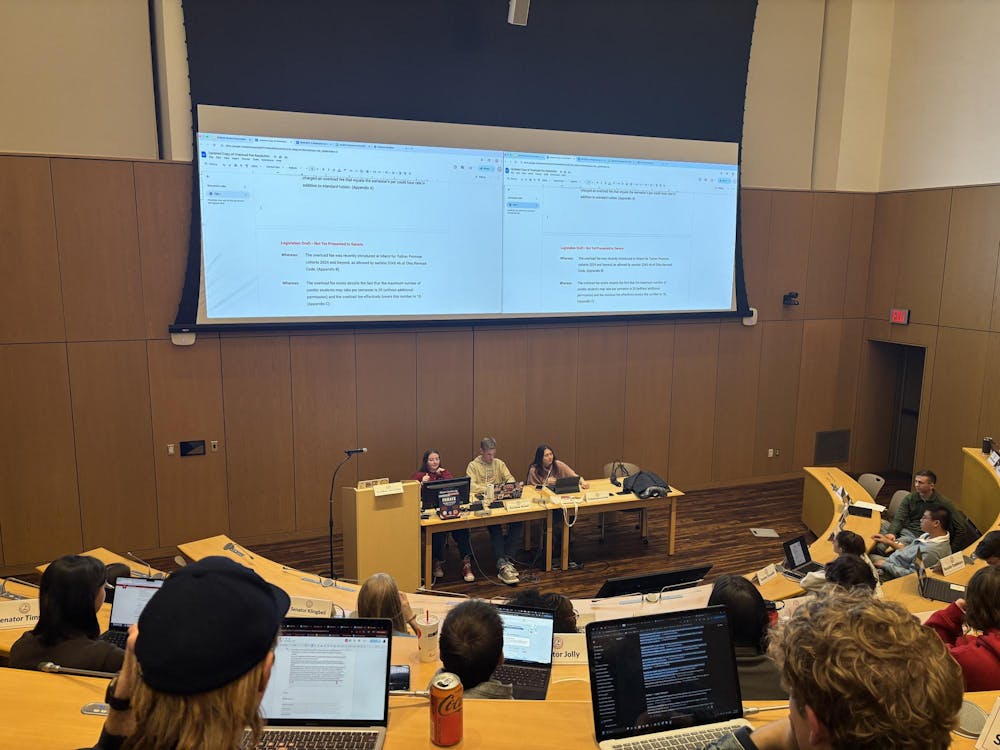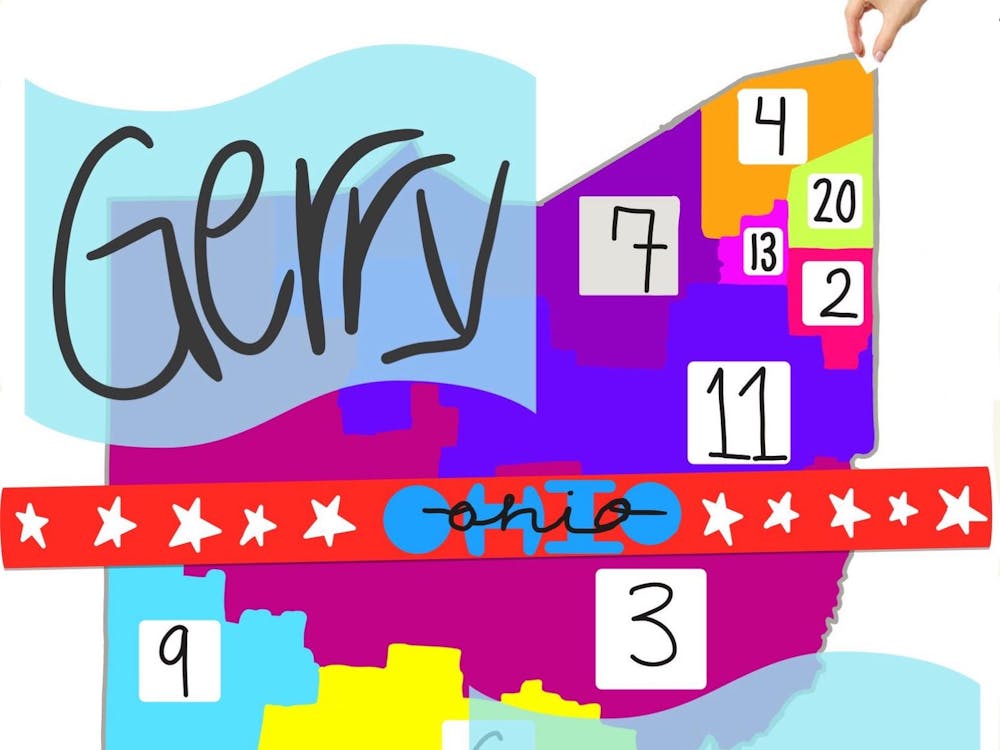Workday Student, an interface meant to replace BannerWeb, was set to launch in March, but got pushed back to the 2027-2028 academic year.
The goal of Workday Student is to replace the current course registration system, the degree audit report, plus the registration override request waitlist system, among other student-facing platforms as an additional module in Workday.
David Seidl, Miami University’s vice president for information technology and chief information officer, said the implementation team was confident moving through production until reaching “checkpoint two,” which involves the financial aid capabilities of the new interface.
“We started to say, ‘OK, we're not going to be able to deliver some of the things that we want to be able to do from a financial aid perspective, because Miami's really detailed and complex, and we do a lot of specific things with financial aid,’” Seidl said. “... That means we're waiting a year, but that also buys us a decent amount of time to pick a product, do the full implementation, do all of the complexity around it, and then we can spend more time in the interim working on all the rest of it and provide a better product.”
Avaap is Miami’s Workday consulting and implementation partner. After two and a half years, Miami has spent $14 million on Workday Student, with millions more estimated to be spent before the implementation is complete.
“If you think about this, an institution like Miami might do an [Enterprise Resource Planner (ERP)] implementation like this once every 20 [to] 25 years. In this case, exactly 25 years,” Seidl said. “That means we don't have a lot of internal experience doing that, and we also have not worked with the product before, so we are basically paying them to be experts on it and to help us get there.”
Enjoy what you're reading?
Signup for our newsletter
ERP, the core business software, is in charge of course registration, the course catalog, financial aid, bursar payments and more, which will be inside Workday Student.
Mija Lisnich, a sophomore finance major and information service specialist in the Armstrong Student Center, said she mainly used Workday to check in and out of her job and submit her hours.
“I think [advancement is] always a good thing,” Lisnich said. “Like just to keep updating and like staying up with certain trends and technology, it's always good to help the students and make everything work smoother. [When] rolling out a new system, there can always be something that goes wrong. When you're testing something out, you just don't know what it would be, but it's definitely expected."
Seidl agreed with this, saying he’s looking for a “truly modern experience.”
“I don't know about you, but everything I do these days is on my phone via a mobile app, and Banner is not really necessarily mobile-friendly the way we're implementing it,” Seidl said. “We were also looking at modernizing all the business processes that go on behind the scenes, and we were looking at new tools like AI and things like that that can be baked into it.”
Eleanor Prytherch, a second-year master's student in English education, said she has worked at the Howe Writing Center since her undergraduate years at Miami, where she uses Workday.
“I'd definitely be interested in [Workday Student], because BannerWeb is not very user-friendly,” Prytherch said. “It does give the vibes of being very old, but I think that would be interesting, because I like the online interface for Workday more than on the phone. There's not a lot of use for it as a student employee, because we're clocking in and out on our phones. But I like the interface, so I think it would be more straightforward than BannerWeb as a replacement for that.”




